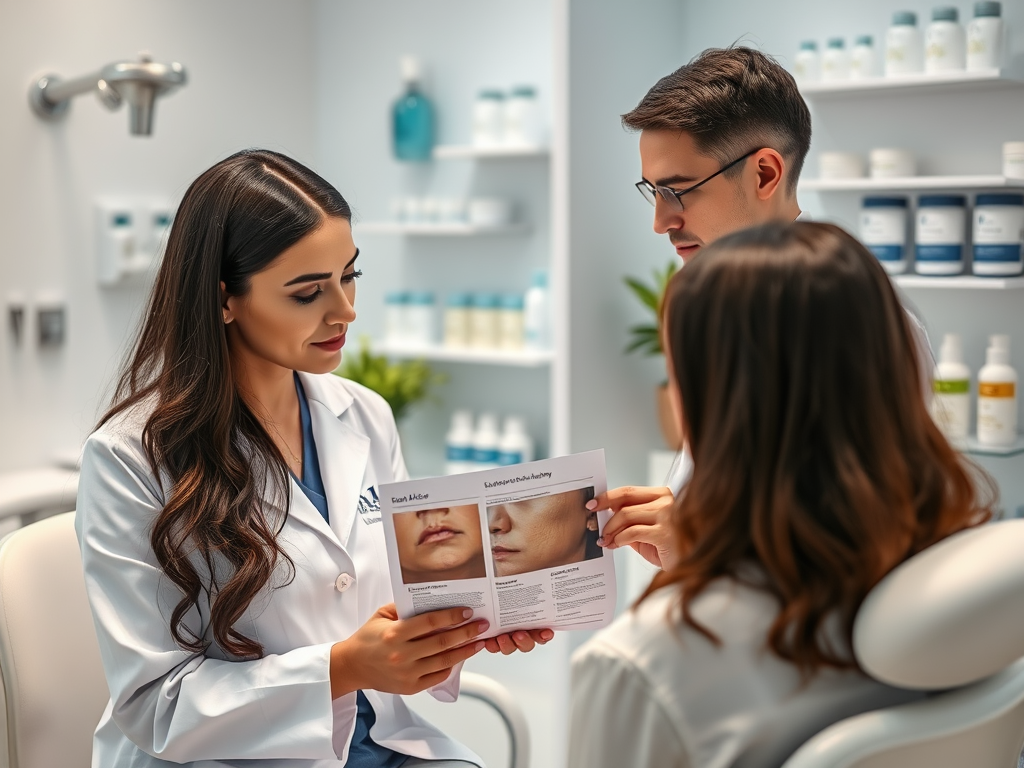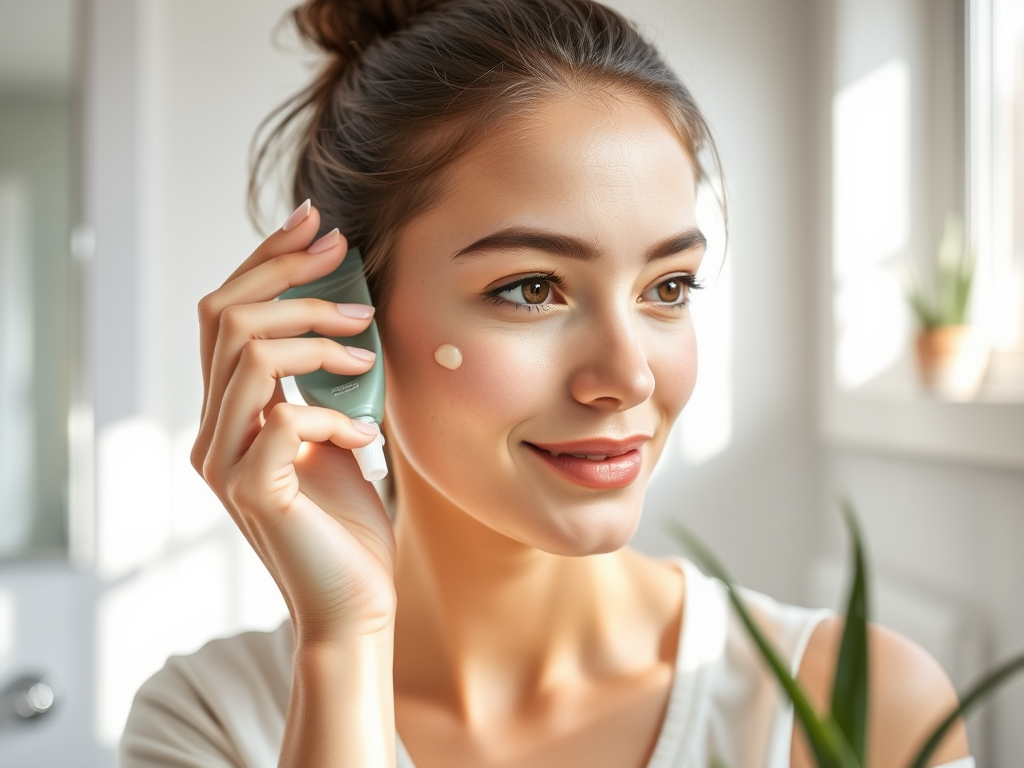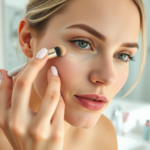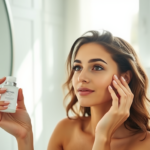Blemishes are one of the most common skin concerns that many of us face on a daily basis. Whether you’re dealing with acne, dark spots, or blackheads, the good news is that you don’t have to live with them. A multitude of effective treatments exists, ranging from natural remedies to advanced professional procedures. Identifying the type of blemish and selecting the correct approach can significantly improve your skin’s appearance. Here, we’ll delve into expert tips and practical advice that can help you achieve a clearer, healthier complexion. Armed with the right knowledge, you can restore your confidence and enjoy radiant skin.
Understanding Blemishes: Types and Causes

Blemishes can manifest in various forms, each requiring different approaches for effective treatment. Acne is perhaps the most prevalent condition, often resulting from hormonal fluctuations and clogged pores. Dark spots, on the other hand, primarily arise from sun exposure or post-inflammatory pigmentation from previous acne. Blackheads are another form that occurs when pores become blocked with excess sebum. To navigate your skin care journey successfully, understanding these blemishes and their unique causes is critical. Factors such as genetics, lifestyle, and environmental elements can also contribute to their development.
Preventative Measures for Blemishes

Taking preventive measures is crucial in your journey towards clear skin. A consistent skincare routine forms the backbone of effective blemish management. This routine should include three essential steps: cleansing, exfoliating, and moisturizing. Cleansing removes dirt and excess oil, preventing clogged pores that could lead to acne. Meanwhile, exfoliating eliminates dead skin cells, allowing for better penetration of skincare products. Finally, moisturizing ensures that your skin maintains hydration without overproducing oil, which can worsen blemishes.
- Use a gentle cleanser twice daily.
- Incorporate a chemical exfoliant at least once a week.
- Apply a suitable moisturizer based on your skin type.
- Don’t forget to tailor your routine to seasonal changes.
Another critical preventative measure is sun protection. Daily application of sunscreen aids in shielding your skin from harmful UV rays, which can exacerbate blemishes and trigger hyperpigmentation. Opt for a broad-spectrum sunscreen with a minimum SPF of 30, and reapply every two hours when outdoors. By integrating these steps into your daily regimen, you set a solid foundation for maintaining clear skin.
Natural Remedies for Blemish Removal
If you’re inclined towards natural solutions, several ingredients can help address blemishes effectively. Natural remedies have gained popularity not only because they are gentle on the skin but also because they are often readily available at home. Ingredients like aloe vera, tea tree oil, and honey can provide relief from inflammation and promote healing. Each of these natural substances has unique properties that contribute to clearer skin.
| Ingredient | Benefits |
|---|---|
| Aloe Vera | Soothes inflammation and hydrates the skin. |
| Tea Tree Oil | Natural antibacterial that combats acne effectively. |
| Honey | Moisturizes skin and has antimicrobial properties. |
Applying these natural remedies can be quite simple. For instance, you can use aloe vera gel directly from the plant, or mix honey with other ingredients to create a soothing face mask. Above all, patience is key; natural treatments may take longer to show effects compared to conventional treatments, but they can be gentler overall.
Over-the-Counter Treatments
For those seeking quicker results, a wide range of effective over-the-counter products can help. These treatments often contain active ingredients specifically formulated to combat blemishes. When selecting a product, consider what type of blemish you are targeting, as different ingredients address different issues. Look for formulations that suit your skin type to avoid adverse reactions.
- Salicylic Acid: Great for exfoliating skin and unclogging pores.
- Benzoyl Peroxide: Kills acne-causing bacteria and reduces redness.
- Retinoids: Promotes skin cell turnover and fades dark spots.
Incorporating these products into your skincare routine may require some trial and error. Pay attention to how your skin responds and adjust your regimen accordingly. Always consult a dermatologist if unsure about which products to use, especially if you have sensitive skin or existing skin conditions.
Professional Treatments for Blemish Removal
When at-home treatments fall short, consider seeking professional help for more effective solutions. Various procedures are available that target blemishes specifically, ranging from chemical peels to laser therapy. These treatments often provide faster and more significant results than over-the-counter options. Discussing your goals and concerns with a qualified dermatologist can help refine the best approach for your unique skin.
- Chemical Peels: Helps remove the top layer of skin.
- Laser Therapy: Targets pigmentation and stimulates collagen production.
- Microdermabrasion: A gentle exfoliation technique for clearer skin.
While professional treatments can offer more dramatic results, they can also be pricier. However, many find the investment worthwhile for clearer skin and enhanced self-confidence.
Maintaining Clear Skin After Treatment
After successfully removing blemishes, maintaining clear skin is vital to prevent future breakouts. Sticking to a consistent skincare routine post-treatment will help keep your complexion smooth and blemish-free. Pay close attention to how your skin reacts over time so you can tweak your routine as needed. Additionally, staying hydrated and consuming a balanced diet rich in antioxidants can nourish your skin from within, further supporting a clear complexion.
- Continue your established skincare regimen.
- Stay hydrated by drinking plenty of water.
- Monitor your skin for new blemishes and address them early.
By integrating these practices into your daily life, you can significantly increase your chances of maintaining the results after treatment. When you feel confident in your skin, it shows in every interaction.
Conclusion
Removing blemishes from your face requires a multi-faceted approach, combining preventative care, effective treatments, and consistent maintenance. By understanding the various types of blemishes and how to target them, you can craft a skincare routine that suits your needs. Whether you choose natural remedies, over-the-counter solutions, or professional treatments, knowing your options empowers you to achieve a clearer, more vibrant complexion. Remember that every skin type is unique, and finding what works best for you may take time. Ultimately, the journey toward healthier skin can also foster self-confidence that resonates beyond just appearance.
Frequently Asked Questions
- What causes blemishes on the face?
- Hormonal changes.
- Poor skincare habits.
- Diet and lifestyle choices.
- How long does it take to see results from blemish treatments?
- Results vary, but many treatments show improvements within 4 to 6 weeks.
- Can I prevent blemishes from returning?
- Yes, maintaining a consistent skincare routine and using sun protection can help prevent future breakouts.
- Is it safe to pop blemishes?
- It is generally not recommended as it can lead to scarring and infection.
- Are there dietary changes that can help reduce blemishes?
- Yes, a balanced diet rich in antioxidants may contribute to clearer skin.


